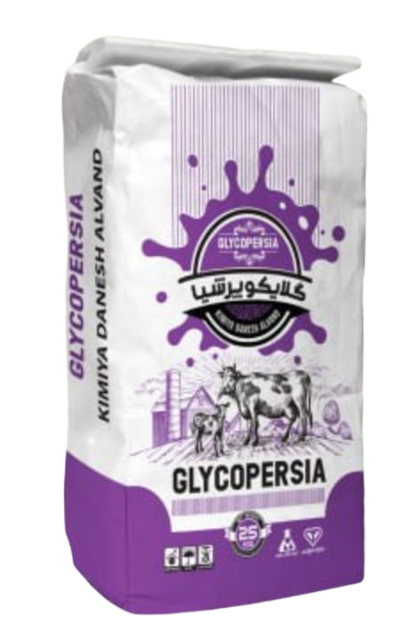Our company provides a comprehensive range of products, including capsules, boluses, pastes, soluble powders, specialized electrolytes for calves and cows, and daily feed additives.


Improving Immune System Performance
Supporting Maximum Milk Production
Increasing Dry Matter Intake
Treatment of Ketosis
Reducing Clinical and Subclinical Ketosis and Minimizing Body Reserve Mobilization
Reducing Inflammation
During lactation, cows often experience a gap between calving, increased milk production, and subsequently increased nutritional requirements. Reduced dry matter intake (DMI) is a significant challenge in meeting these needs. Reduced nutrient intake enhances the mobilization of body reserves for milk production, increasing the likelihood of metabolic disorders such as clinical and subclinical ketosis by 15–40%.
Clinical and subclinical ketosis are common metabolic disorders during the early lactation period, especially in scenarios involving inefficient management and low-energy diets. These disorders lead to reduced milk production, economic inefficiency, and increased risk of secondary diseases.
Glucose supplementation can mitigate these issues. This supplement is designed with an optimal blend of specific raw materials and sustained release glucogenic agents in the rumen to meet the energy needs of lactating cows. Its high glucose composition and gradual release in the rumen enable cows to meet energy demands during early lactation, preventing conditions like ketosis.
| Nutrient | Increase in Requirement |
|---|---|
| Glucose | 2.7 times that of a pregnant uterus |
| Amino Acids | 2 times that of a pregnant uterus |
| Fatty Acids | 4.5 times that of a pregnant uterus |
| Total Energy Requirement | 3 times that of a pregnant uterus |
Recent research emphasizes avoiding excessive concentrate feeding and promoting diets rich in forage to prevent ruminal acidosis, lameness, and abomasal displacement. This helps maintain energy and glucose production. Conversely, rapidly fermentable starches reduce rumen pH, increasing the risk of acidosis, toxic metabolites like methylglyoxal, serum malondialdehyde, and subsequent inflammation and oxidative stress.
Optimal combinations of glucose and gluconate during this period reduce postpartum disorders such as ketosis, reproductive inefficiency, and increased culling rates. They provide energy from glucose sources and alleviate the burden on body fat reserves.
Using glucose precursors in the rumen facilitates glucose and milk fat synthesis by reducing NADPH production through alternate pathways and decreasing serum free fatty acids (NEFA). This effectively reduces metabolic stress without relying on rapid oxidation of body reserves.
Glucorpicia provides continuous release in the rumen, ensuring a quick and sustained supply of energy, reducing body reserve mobilization, and preventing ruminal pH drops and acidosis.
Our company provides a comprehensive range of products, including capsules, boluses, pastes, soluble powders, specialized electrolytes for calves and cows, and daily feed additives.